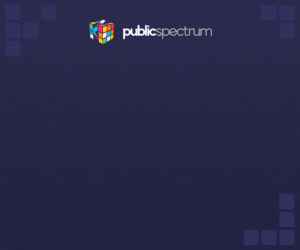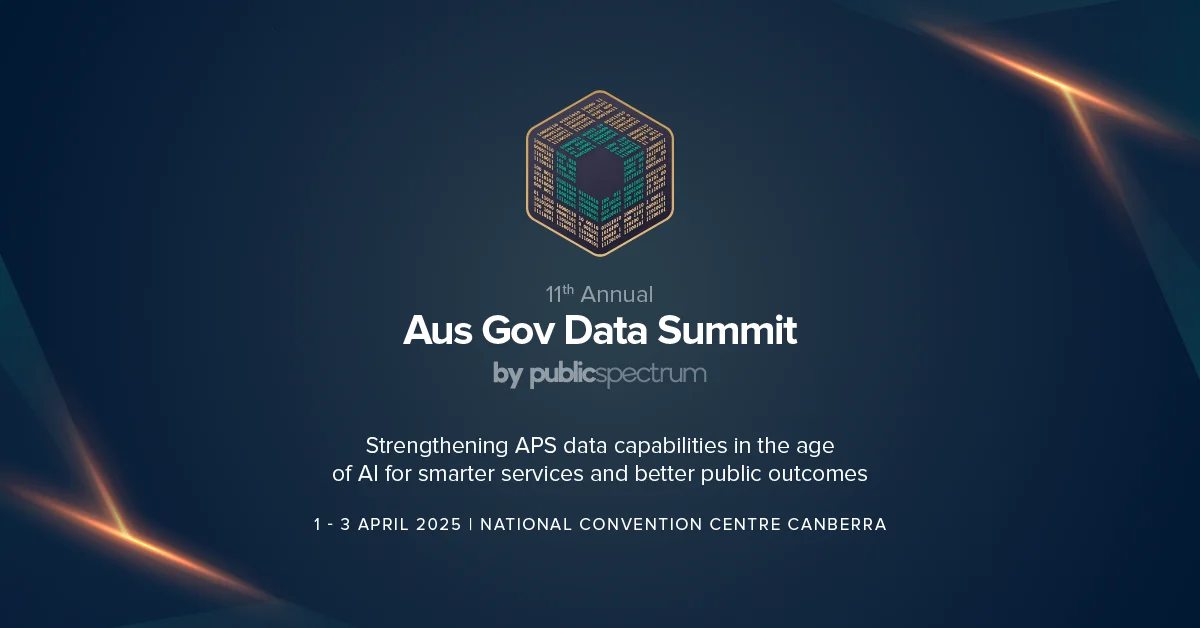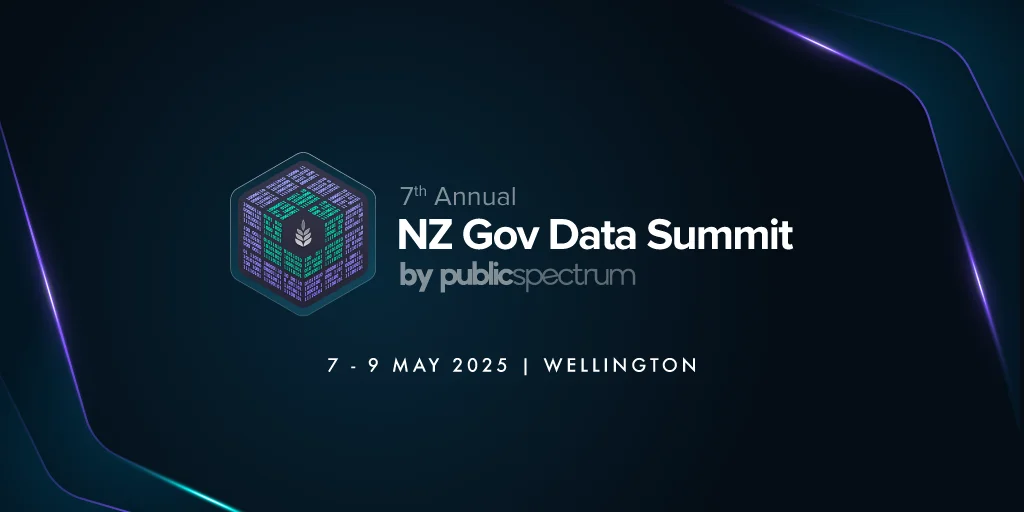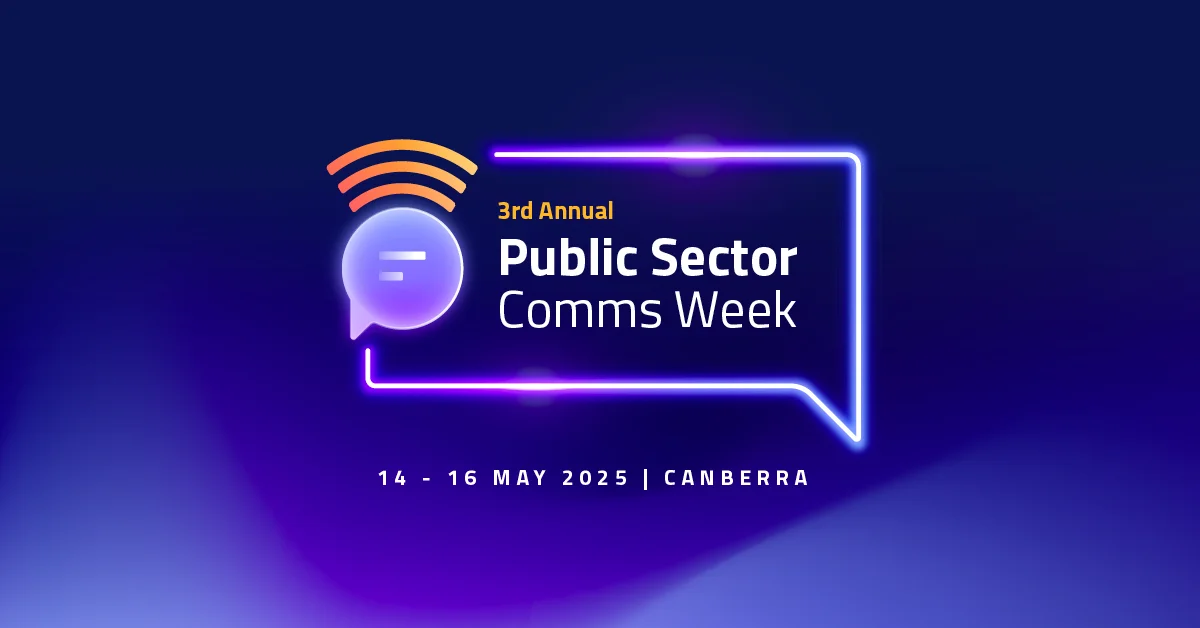Featured Leader: Tegan Tembe of NSW Treasury on creating solid planning strategies and processes
Share
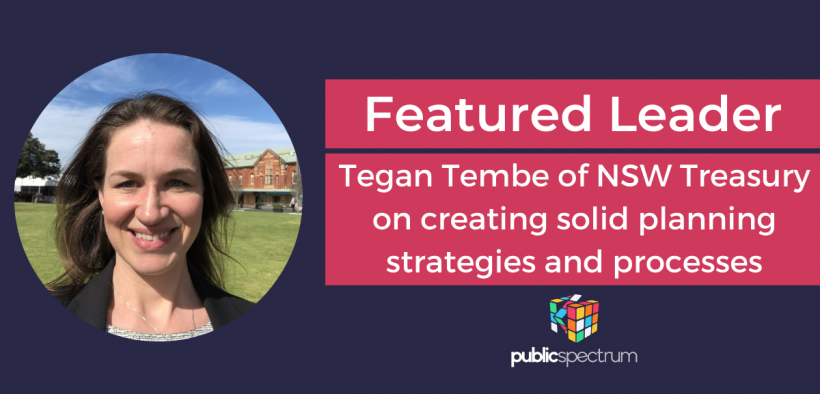
Public Spectrum recently caught up with Tegan Tembe to discuss how to effectively go about outcome budgeting for upcoming and future endeavours.
As the Associate Director, Sector Outcomes and Performance, NSW Treasury, Tegan became a transformation lead for the NSW Government’s Outcome Budgeting reform.
Tegan has served the NSW public sector since 2011 in various fields like customer services, social and community services, taxation infrastructure and planning.
She has been instrumental during these times in really important reforms which include the development of housing acceleration and support programs, implementation of the National Disability Insurance Scheme and development of housing acceleration and support programs. Recently, she has helped implement reforms in customer service.
Before working with NSW Treasury Tegan began her career with the Australian Bureau of Statistics and in the private sector specializing in public policy and program evaluation. She is passionate about working with the government to maximise the delivery of economic and social outcomes.
Below Tegan talks about the importance of creating solid planning strategies, processes by building organizational capabilities and partnerships through effective evaluation and measurement of outcomes.
What are the advantages of outcome budgeting in an organization?
Tegan Tembe: Outcomes Budgeting focuses on ensuring resources are used effectively to maximise the outcomes which an organisation delivers. It focuses funding decisions on the impact that the funding will have rather than on inputs and outputs.
This provides a greater line of sight to the value which is being delivered, providing greater transparency and accountability for every dollar spent. This provides significant benefits for decision-makers, employees and citizens in general.
Operationally, it proves a clearer understanding of the performance of activities within a portfolio and facilitates trade-off and prioritisation discussions. This enables portfolios to more effectively optimise resource allocation decisions.
It supports a culture of continuous improvement across organisations activities as organisations are incentivised to improve service delivery. In addition, as outcomes are cascaded across an organisation it provides employees with a sense of purpose and a genuine understanding of the impact their role has in delivering outcomes.
For citizens outside an organisation, outcomes can provide a genuine understanding of the impact of budget spending, increasing confidence and trust in services delivered.
What are the common issues and challenges with implementing outcome approaches?
Tegan Tembe: At a fundamental level outcome approaches require agreement to a set of outcomes that will be the focus of delivery, as well as to the framework of performance metrics that will measure success.
Together, these provide the anchor point for planning and decision making and so they need to be well understood and supported by decision-makers, planners and deliverers alike.
What are the common issues and challenges with implementing outcome challenges?
Tegan Tembe: Integrating agreed outcomes and the performance framework to resource allocation decisions adds another layer of complexity as it brings together disciplines that have not traditionally worked in collaboration.
For example, under Outcomes Budgeting finance professionals now need to work for hand in hand with performance and evaluation specialists and portfolio planning teams to understand the impact that each dollar will have on delivering agreed outcomes, and to plan for how this impact will be achieved.
This is a challenge not just in terms of requiring a mind shift in the way that we are working together but also needing to be underpinned by technical policies and processes to facilitate the more strategic mindset.
What makes outcome-based budgeting achievable for an organization?
Tegan Tembe: Outcome-approaches need strong leadership to drive awareness, understanding and adoption. A culture that supports collaboration and continuous improvement is also required, along with appropriate capabilities (including skills, functional and technical capabilities).
Gaps in any of these aspects will impact the ability to really implement a drive outcome-based approaches throughout an organization.
Public Spectrum is the first knowledge-sharing platform in Australia to embrace the entire public sector. This website is a platform where you can connect, collaborate, empower, inspire, and upskill with public sector professionals.






